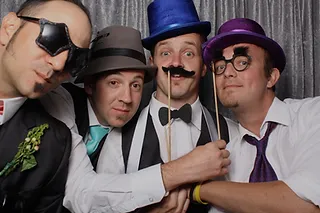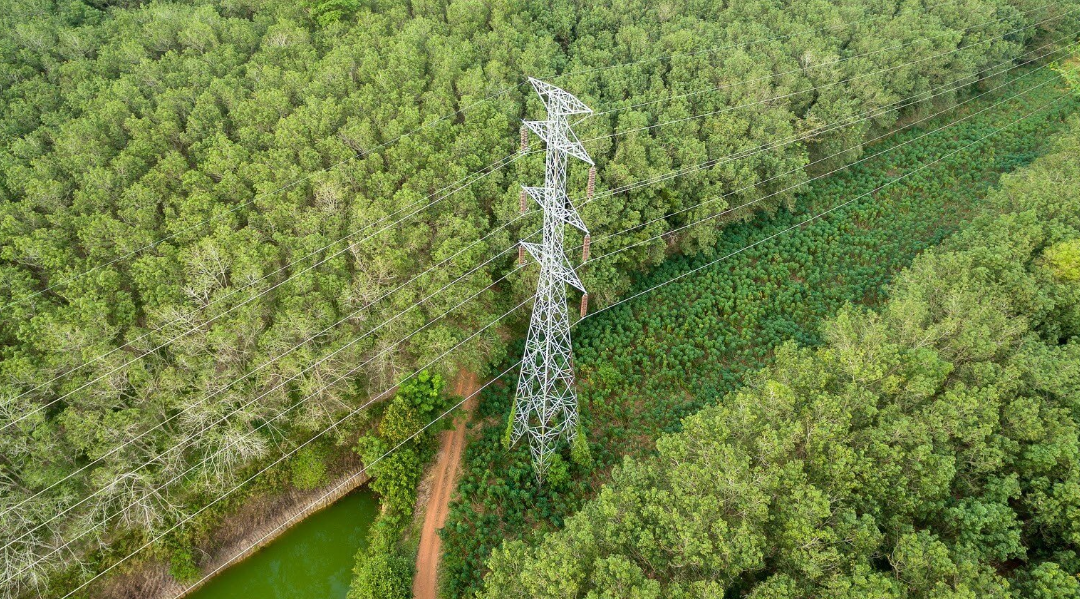From Past To Present: Tracing The Journey Of Masculinity With Luxury Perfume For Men

You know the giddy excitement that washed over us when our relatives abroad brandished a bottle of ‘English’ or ‘French’ perfume? It would immediately be promoted to prized possession in your unobtrusive perfume collection. The intoxicating notes did make us swoon but there was also an allure to the exotic nature of the fragrance attributed to the lack of availability of such personal care products in a then one-dimensional economy. At the same time, the fragrant Indian realm continued its modest reign with small vials of attars. Today, our homeland has also gone leaps and bounds in presenting its own collection of luxury perfume for men, marrying traditions with international standards. This pattern sure has made one thing clear – owning a luxurious crystal bottle of long-lasting fragrance has converted into a quiet token of accomplishment. But let’s traverse backwards and explore the history of perfumes and why it was heralded as essential across regions and timelines.
Ancient Egypt
The earliest usage of fragrance can be traced to the lifestyle, culture and rituals of Ancient Egypt. Incense sticks and fragrant ointments were made available in abundance at various temples to perform sacred rituals like religious sacraments, weddings, offerings to god and funeral ceremonies. Some priests were even known to offer sweet scents to Gods three times a day. Moreover, some Gods were even associated with certain scents. Fragrances were even used in the embalming and mummification process where sachets of fragrant compositions were placed around the necks of the deceased. It was believed that in doing so, the souls would be carried successfully to the afterlife.
As a part of an indulgent lifestyle, several athletes, aristocrats and royals dabbed fragrant cakes, wax cones and ointments to attend elite gatherings like weddings, banquets and other special occasions. Olden Egyptian kingdoms even had their own perfume specialists who manned the king’s special chamber that was dedicated to storing precious oils and other viscous substances to create luxury perfume for men.
Egyptian perfumes were made of several extracts derived from both floral fauna. Animal fats from cats, geese, oxen and hippopotamus. Frankincense and myrrh were two plant-derived resins that made for common bases. Furthermore, they even imported flowers like lotus, dill and lilly to add to make their concoctions replete with floral notes.
Middle East
There’s no doubt that Attar or Ittar has created a successful niche in the perfume market persuading avid perfume lovers from every nook and cranny of the world to home precious vials or two of uniquely formulated perfume oils.
It all began during the second millennium in 1200 BC Mesopotamia (known as Iraq in modern times). Tapputi, assumed to be the first perfumer, recorded the earliest use of perfume. As per the cuneiform tablet, the concocted perfume made use of notes that are to this date incredibly popular like balsam and myrrh. This ancient traditional method of making perfumes was kept alive by Arabs and Persians. As history entails, the middle easter communities travelled long distances to enter the trading business away from the meagre opportunities of the desert. This encouraged them to bring back a range of spices and wood to concoct concentrated perfume oils. The fragrance notes that still make Middle Eastern perfumes stand apart are musk, jasmine, agarwood and resins like amber, oud and frankincense. In some regions, the Damask rose is also sought after which is mostly found in Taif, Saudi Arabia to add an irresistible floral touch to their attars. Much like Egyptians, The Muslim community also followed rituals and religious practices where fragrances had a significant role. Sacred scripture, like the Quran, also had guidelines that advised when and when not to wear fragrance.
French Renaissance
French perfumery is another Western culture that has a heavy influence on the way we choose luxury perfumes for men and women. The Renaissance era was a pivotal era for the French. It witnessed a rise in bon vivants who indulged in food, art, fashion and grooming. Perfumery was an avenue that was deeply ingrained in the French economy and culture during the Middle Ages. Tracing similar steps as the Middle Eastern, The French also welcomed notes like amber, jasmine and musk. Gourmand notes like vanilla and caramel also played a part in shaping the French perfume culture. Provence, the southeastern region of France became the most famous geographical location for lavender farming, making it a luxurious fragrant note must-have in many luxury floral and oriental perfumes. Grasse, another French city, was dubbed the Perfume Capital, as it made for the perfect verdant expanse with sufficient air and water to grow blooms of rose, jasmine, lavender, and mimosa flowers, which played a great role in shaping the French perfume industry in the 17th century.
Over time, many such perfumery practices and cultures came into a symphonious confluence which paved the way for many luxury perfumes for men that are often found on shelves, wish lists and gifting guides today. So don’t wait and order luxury perfume for men to use in daily life.




